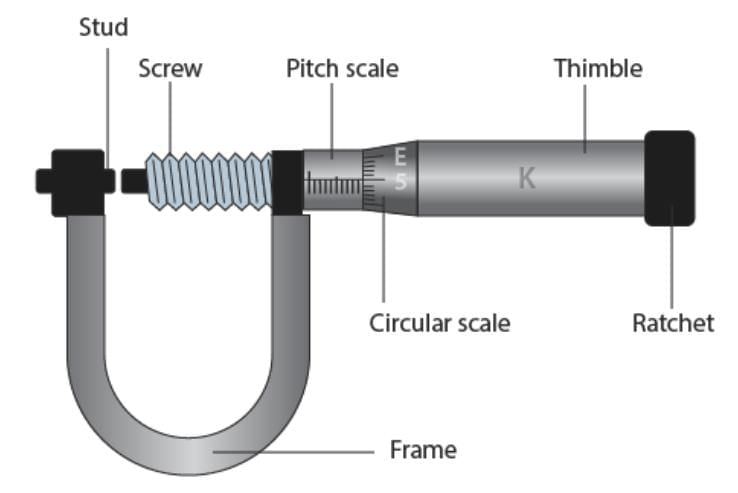|
Absolute Error Difference between measured and true value. Relative Error Ratio of absolute error to true value. 
|
Card: 2 / 22 |
|
Where: xi = individual measurements xmean = mean (true) value n = number of observations |
Card: 4 / 22 |
 Unlock all Flashcards with EduRev Infinity Plan Starting from @ ₹99 only
|
|
A sphere’s radius = 2.00 cm with error 0.01 cm. Find percentage error in surface area & volume. |
Card: 13 / 22 |
|
True/False If the measured value of acceleration = 9.8 m/s², then order of magnitude is 9.8. |
Card: 15 / 22 |
|
Which physical quantity has dimensional formula [M⁰ L⁰ T⁰]? |
Card: 21 / 22 |


































